
Small country, big dreams and love of science- An interview with Beresheet scientist Prof. Aharonson
Even though Israel has missed the honor of being the fourth country landing on the moon, it had brought the Israeli flag to the Moon, may it not be in one piece. We had an interview with Beresheet science team leader Prof. Oded Aharonson from Weizmann Institute about what went wrong in Beresheet 1, his hopes for Beresheet 2, and his dedication to solve the mysteries of the Moon.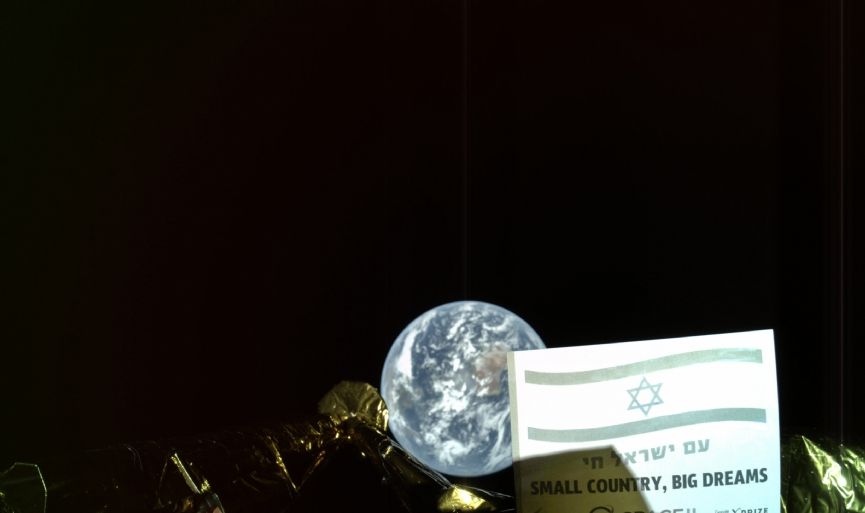
At around 10 pm on the night of April 11th, I was in a crowded restaurant, my mobile phone positioned horizontally against my glass, my eyes locked on the screen and my mind totally isolated from the chitchat at the table. People both familiar and not were approaching me to see which football game I was watching. However, on the screen were colorful buttons and continuous descending figures showing altitude, vertical speed, horizontal speed, acceleration, fuel, battery and so on.
With all the Israelis and space enthusiasts from all over the world I was watching Israeli spacecraft Beresheet attempting a land on the Moon. Unfortunately the altitude stopped at 149 meters. Israel missed the honor of being the fourth country landing on the moon, but it had brought the Israeli flag to the Moon, although not in one piece. We had an interview with Beresheet science team leader Prof. Oded Aharonson from Weizmann Institute about what went wrong in Beresheet 1, his hopes for Beresheet 2, and his dedication to solve the mysteries of the Moon.
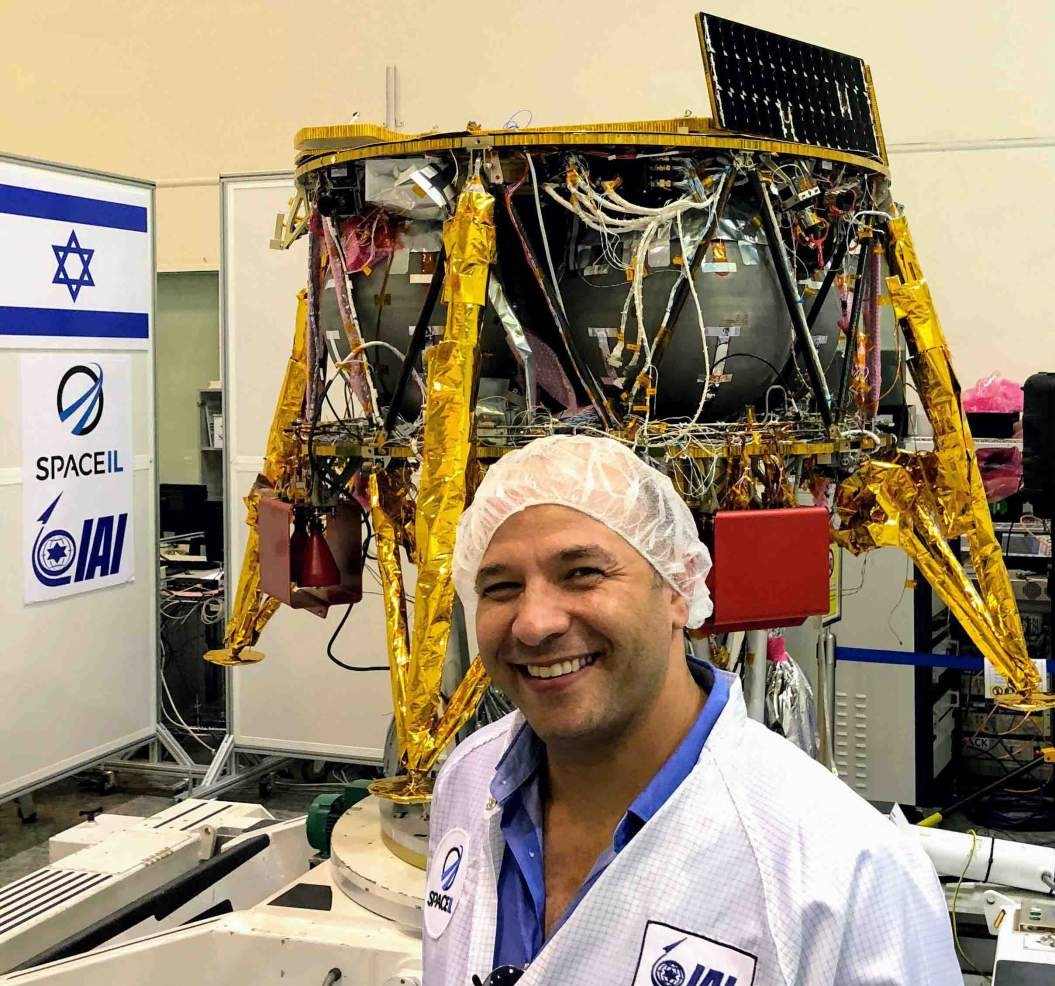
Professor Oded Aharonson developed the Magnetometer which was sent to the Moon to measure the magnetic field of the Moon. He is the Mission Scientist in the Beresheet project. Aharonson has completed his studies at Cornell and MIT universities and worked as a lecturer at CalTech for ten years. Since 2011, he directs the Center for Planetary Sciences at the Weizmann Institute of Science. In 2012 he joined Space IL, an Israeli space exploration organization. He participated in flight missions such as Mars Global Surveyor, Near Earth Asteroid Rendezvous, Lunar Reconnaissance Orbiter, Cassini mission to Titan and Jupiter Icy Moon Explorer.
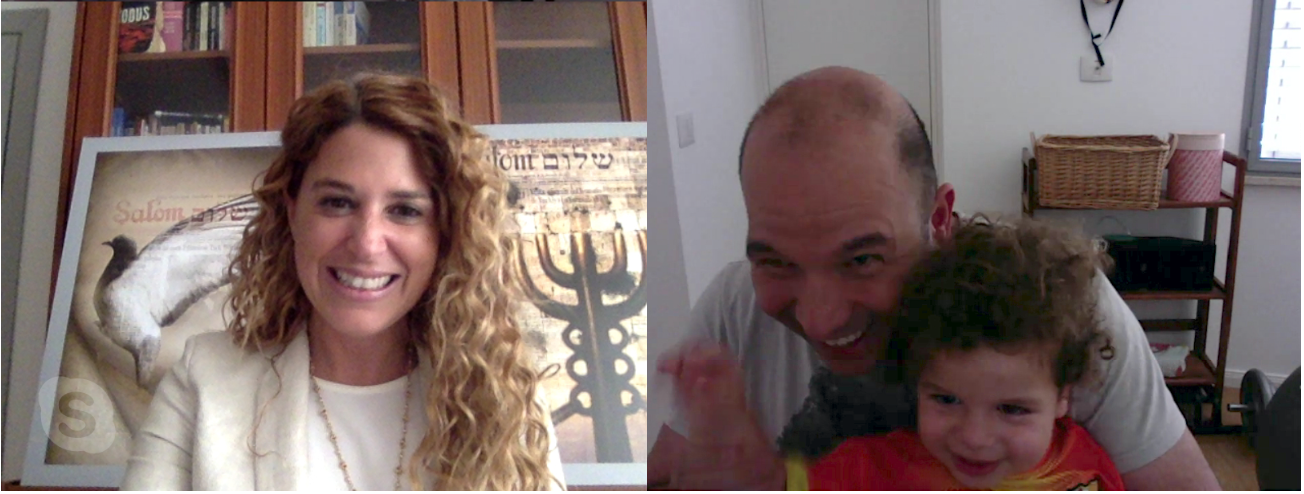
Beresheet spacecraft attempted Israel’s first ever landing and world’s first ever commercial landing on the moon. It was a bold mission but could not be completed. Would you call that a failure?
In a short time and with a low budget, we built a spacecraft with limited system redundancy and limited chance of testing. We have brought together the country's most successful engineers and scientists. We trained young people and, most importantly, we excited a whole nation. But I need to see what will happen next whether to call it a success or not. If we could pick up the pieces and try again, do other science projects maybe on the moon or other places, then I would consider it a success. If the Israel part of the Moon exploration ends here, then it would be a failure.
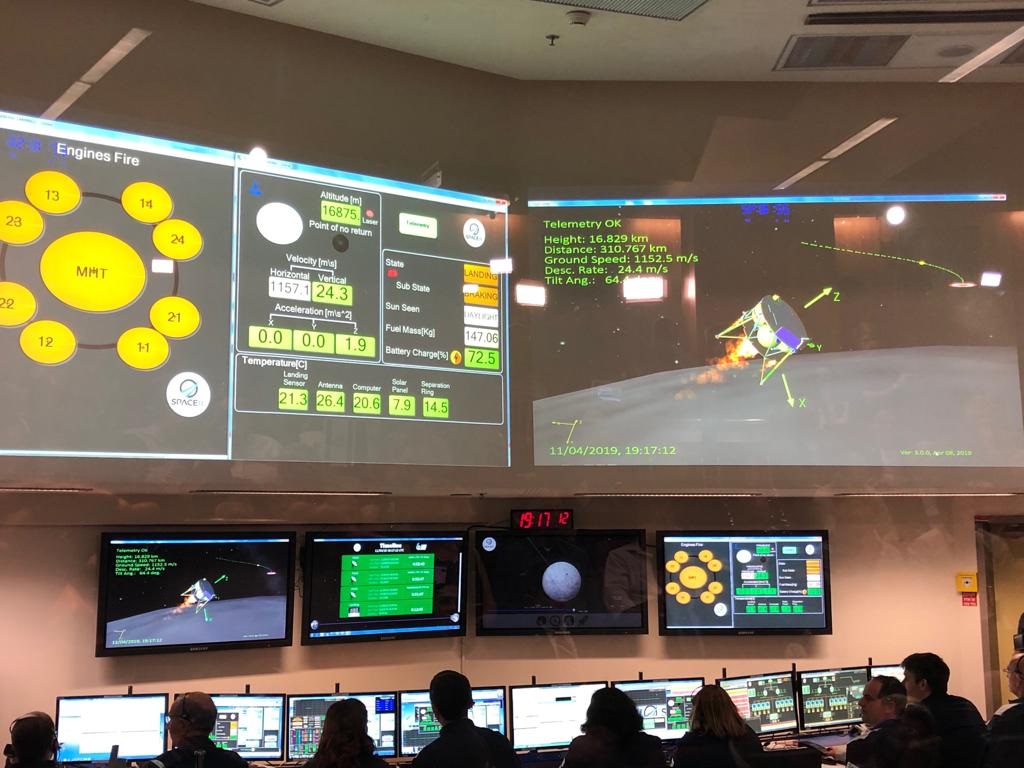 I would like to take you back to two different dates. The first is 22nd of February, the launch date of Beresheet from Florida, and second is the crash date, April 11th. Could you tell us about your feelings?
I would like to take you back to two different dates. The first is 22nd of February, the launch date of Beresheet from Florida, and second is the crash date, April 11th. Could you tell us about your feelings?
I have been to several launches before with my other projects but this was extremely emotional because it was ours, Israel’s. For me it was a personal few days, as well because I just had a baby girl born. Her name is Esti and according to Talmud Esti (coming from Esther) means ‘as beautiful as the Moon’. As for the date of the crash we were all in the control room in Yehud -this is also where we built the spacecraft- and everybody was hoping for the best. We did this project on a lower budget and faster than people have ever tried to make a spacecraft before. We weren’t expecting it to crash. Also, the Beresheet was carrying on board a science instrument that I was responsible for. In addition to hoping that spacecraft would land safely, I was also very busy trying to make sure the instrument was collecting measurements and returning data back to Earth, which by the way it did, so we do have a little bit of information.
Beresheet 2.0 was announced only two days after the crash. You said and I quote: “Next to the book we can write about how to build a lunar lander, sits the encyclopedia we can fill on how not to do it.” What do you think should be done differently this time?
We currently have a knowledge base about power system, navigation, control, communication hardware and software. And we're able to fit all this into a vehicle that weighs a thousand times less than Apollo without fuel. This is a great win. From an engineering point of view, we know that we should test more before we go to lunar orbit, practice the procedures more and have the spacecraft command better. I would like to do even more science in the next mission. I am working on another instrument that I want to send to the Moon.
Do you think the second mission will need 100 million dollars and another 8 years just like Beresheet 1?
I think it will definitely be less than eight years, it might be as short as two or three. I bet it would cost less than a 100 million dollars. But we want to do it right this time, so it might still cost a lot because of all the testing. There are also small changes we have to do to the spacecraft to make sure that the landing procedure goes better this time.
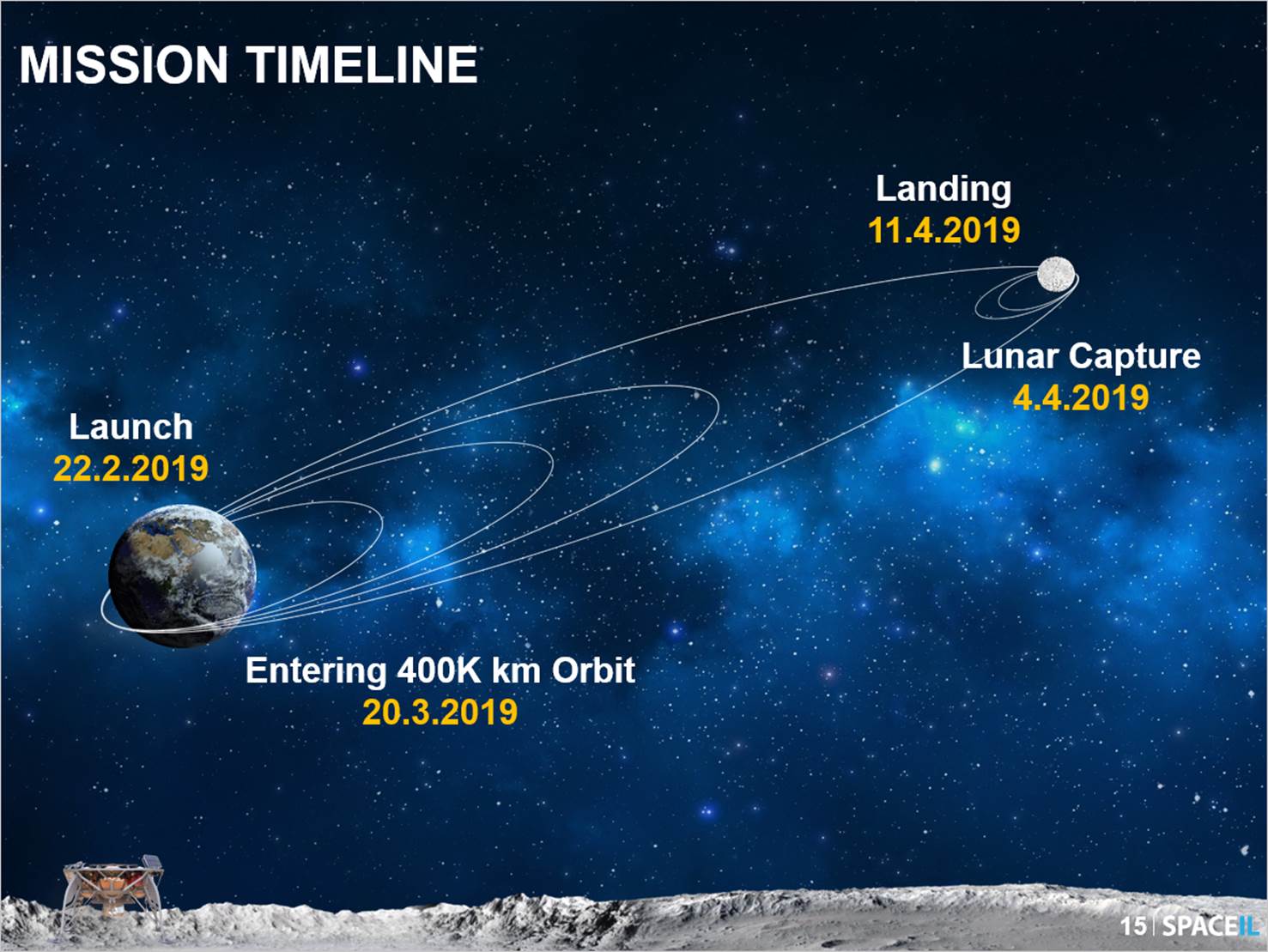 Back to Beresheet 1.0. You used Uber-Style space travel that is you sent Beresheet with other payloads, this lowered the cost but at the same time it took two months to reach the Moon instead of four days. This is where science kicks in. Could you explain for our readers?
Back to Beresheet 1.0. You used Uber-Style space travel that is you sent Beresheet with other payloads, this lowered the cost but at the same time it took two months to reach the Moon instead of four days. This is where science kicks in. Could you explain for our readers?
If you have a very big rocket then you can afford to fire the engines and go to the moon in one shot. Everybody goes into orbit around the Earth first, but then they can fire the thrusters and go into a direct moon trajectory. However, we wanted to have a much smaller spacecraft (1,5 meters, 180 kg) that had smaller thrusters and to be much more fuel efficient. So instead of doing that, we fired the thrusters every time it came close to the Earth in its elliptical orbit. It would give the spacecraft a boost and make the orbit more elliptical. And we did it again each time we were near the Earth. Then we got more elliptical until we got to an orbit that intercepted the Moon, leaving Earth’s gravity and entering Moon’s gravity. There we fired the thrusters one more time and we got into orbit around the Moon and we fired the thrusters one last time in order to land. In the space game having less fuel and less mass is the name of the game. Faster and cheaper. Ours is the smallest and lightest spacecraft ever built to go the Moon.
The primary aim of Beresheet was to inspire the children of Israel to pursue STEM education but still Beresheet had an agenda to do research on the Moon for two days. What was the plan and what was your role?
The science experiment has three components. The first one was to understand the landing site in order to choose a safe place before landing, and after the landing in order to understand the geology where we land. This is exactly what Apollo did to study the landing sites where astronauts arrived. The second component was our Magnetometer experiment which we study the magnetic field of the Moon. The third component was the retroreflector, a collection of eight mirrors that was integrated on the top deck of the space craft. People are actually still trying to find this by bouncing a laser. It might survive the crash since it is just a passive mirror. There is a spacecraft called LRO in orbit around the moon that NASA has. LRO is firing a laser onto the mirrors in order to measure how long it takes the light to bounce back to the LRO so that they can pinpoint Beresheet's exact location. The purpose of the device is to make it easier to navigate to locations on the Moon. Apollo left three retroreflectors on the Moon.
Let’s talk about the Moon itself. How and when did the Moon form?
I am glad you asked this because this is my area of study. I wrote several papers with my student. There are different theories about how the Moon formed. Everybody agrees the moon looks like a piece from Earth. The composition of the Moon is almost exactly the same as the Earth. So, people think that there must have been a big impact. An asteroid hit the Earth and tore a chunk of Earth off of it and it accreted around the orbit of Earth and that was what the Moon was made of. The theory that my team and I proposed, in order to better explain how similar the Earth is to the Moon is that this didn’t happen only once, but rather in the early Solar System- say 4,5 billion years ago- even smaller asteroids run into the Earth creating a collision and smaller moons formed. Those moons grow in orbit until they merged with eachother and make one final moon which we see. Everybody agrees that impacts are important but there is one theory saying that a single giant asteroid impact was responsible for everything and there is another theory that says maybe there were like ten impacts.
Can you please tell me how we know this theory? How can we possibly know 4,5 billion years ago?
That’s a great question. We have clues. The best clue that we have is the geochemistry of the rocks. The Apollo astronauts went to the Moon, picked up some rocks and brought them back to Earth. The rocks were taken to lab and the chemistry of them was measured. We know that the Moon is very much alike Earth but it has lot less iron than and lot less water and CO2. Why is that? The impact explains both the similarity and also these differences. Because by ripping a chunk of the Earth you are not taking the iron core and when the impact is energetic enough then you boil off all the water. That explains why the Moon is poor in water. Mars for example is a very different composition, it can’t be made the same way as the Moon. This is how we piece together the theories to match the observations, especially the chemical part.
Why is Moon's magnetic field so important to study?
This is very mysterious. The Earth has a magnetic field that is generated by the core dynamo. The Moon doesn’t have this dynamo field, but the rocks on the surface are still magnetized. We know this since the Apollo days. The big enigma here is how did the lunar rocks became magnetic if it doesn’t have a dynamo to drive this magnetism from the interior? So what we did to solve this puzzle is, as we were flying over the Moon, our magnetometer- before landing- started to take measurements. We correlated which geological formations on the Moon had a magnetic field and which ones didn’t: old craters vs the young craters, the lava tubes vs the mountains and so on. We were planning to do our measurement through the descent and afterwards on the surface itself.
The latest news from NASA states the moon is shrinking and experiencing "moonquakes". Can you explain the implications of this?
Objects when they start out are usually hot. The moon was very hot after the impact. Over billions of years it loses its energy and it cools down, as it cools it shrinks. Those are the features that we see on the surface of the moon. These faults were a result from the contraction. The reason why this is surprising and exciting is because the Moon is now old, because it is not as big as the Earth, it loses its heat much faster than the Earth does. We expected the Moon to already be completely cold and geologically dead. We wouldn’t have expected it to continue to have heat and to have geological processes that drive tectonics on the surface. We found that the Moon has still tectonic changes. There are faults on the surface that break and those breaks produce moonquakes. There is seismic activity on them right now. This happens possibly from the tidal forces that the Earth is imposing on the Moon.
Jeff Bezos just announced his plans for settling on the Moon in 2024 with its space craft named Blue Moon. NASA aims for 2024 as well. Do you think this is feasible?
Yes! JFK gave his famous speech for sending people to the Moon “We should do this not because it is easy but because it is hard” in 1962. And we landed on the Moon on 1969. So in 7 years it was done. It was amazing. 400 hundred thousand people worked for the Apollo Project. So if President Trump, or Elon Musk or Jeff Bezos who have a lot of power, influence and resources mean what they say, then it is definitely doable.
Will you be involved in this new Moon project?
I already have some roles, not in sending people to the moon but sending science experiments. There is a lunar spacecraft orbiting the Moon right now which I am a part of, measuring the topography and the temperature of the Moon. I hope we will have more experiments with Beresheet 2. I don’t know if Jeff Bezos is interested in having any science experiment in his spacecraft but if he is I would love to be part of it.
Would you like to go to the Moon?
Right now, I am happy with my family. If you asked me before I had a family I would say yes.
If you had a say what would go with Beresheet to the Moon what would you send? Something funny like Elon Musk does?
They did a great job sending Israel’s symbols and humanity in general, pictures of kids. But my passion is to learn something new about the Moon, to expand our intellectual horizon. So, I would use this opportunity to send an experiment.
Related Newsss ss










